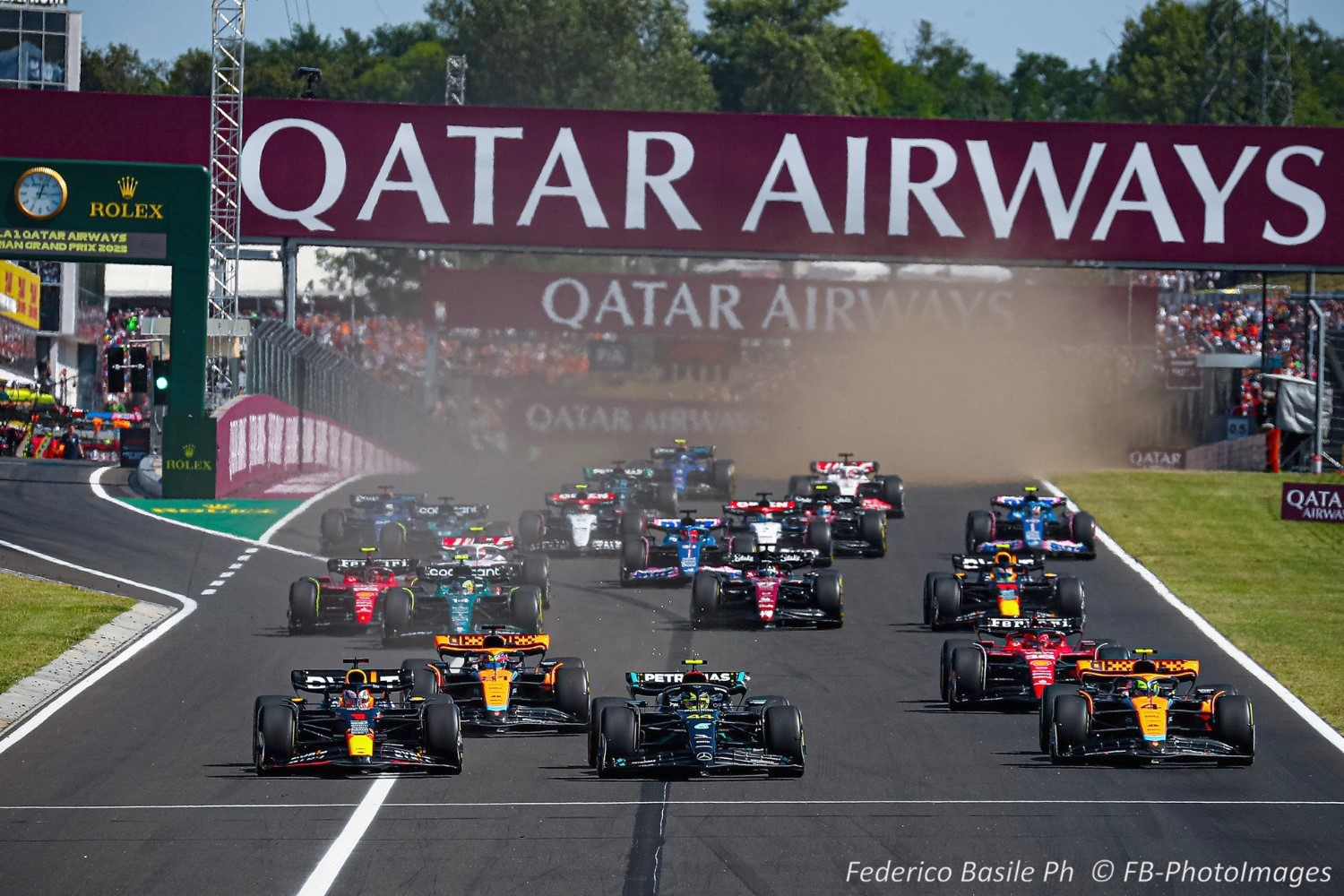Formula 1 News: 2024 Hungarian GP Preview
Hungarian GP Preview: The F1 teams are heading to the Hungaroring, Budapest, for Round 13 of 24 of the 2024 FIA Formula 1 World Championship.
One last push before Formula 1’s summer break, as the second half of the season gets underway with a double-header on two tracks that could not be more different from one another, the Hungaroring and Spa-Francorchamps.

This weekend, the Hungarian round takes place from 19 to 21 July, a classic long-term fixture on the calendar. Cars must run with a high level of aerodynamic downforce, almost on a par with Monaco, while the following week in Belgium, aero efficiency is vital in order to be competitive through the high speed corners as well as down the long straights. These two venues are also very different when it comes to the weather one can expect, as summer is definitely much hotter in Hungary than in Belgium, although it has to be said that, in recent years, rain has put in an appearance over the Budapest weekend.
The Hungarian Grand Prix first appeared on the calendar in 1986, the first Formula 1 event to be held behind the then already shaky Iron Curtain. It has been part of the championship ever since, attracting a lot of fans from countries like Finland and Poland for whom the Hungaroring became the nearest venue at which to cheer on their fellow countrymen – for example Mika Hakkinen, Kimi Raikkonen and Robert Kubica – in person.
At a track where overtaking is no easy task, qualifying takes on great importance, which explains why 16 of the 38 editions to date have been won by the pole-sitter and only four times has it been won by a driver who started from lower than the second row of the grid.
Lewis Hamilton is the most successful driver here with eight wins and the seven-time world champion also holds the record for pole positions (9) and podium finishes (11). Of the teams, McLaren leads the way on 11 victories ahead of Williams and Ferrari, joint second on seven, while Mercedes has the most poles (9), one more than McLaren and Ferrari, the latter topping the table for the most podium finishes with 26 ahead of McLaren (23) and Williams (18). Five drivers have taken their maiden Formula 1 wins at this track, of which Fernando Alonso (2003) and Esteban Ocon (2021) are on the entry list this weekend. The others are Damon Hill (1993), Jenson Button (2006) and Heikki Kovalainen (2008).
In the dog days of summer, the Formula One caravan arrives in Hungary for one of the classic races of the calendar: on a track, in Mogyoród on the outskirts of Budapest, that underwent only subtle changes since its first appearance in 1986, one that produced so many shocks and upsets in recent years, in front of legions of fans ready to brave the elements.
With a welcome summer break on the horizon, a chance for crews and workers at home to catch a breath and recover, notching up a good result right now would mean heading into the end of summer with their heads held high, brimming with confidence and with high morale.
Formula 1’s association with Hungary stretches back to 1986, when a permanent facility was constructed in a natural bowl close to the village of Mogyorod, a short journey from downtown Budapest, which was then still behind the Iron Curtain.
The Hungarian Grand Prix quickly established itself as a popular event, facilitated by its convenient central European location that attracted a breadth of fans, as well as the nearby presence of the lively Budapest. The city, which straddles the iconic Danube River, is famous for its thermal baths, vibrant ruin bars, and range of dramatic architecture.

The Hungaroring has the second-longest unbroken streak on Formula 1’s calendar, having been held annually since its debut 37 years ago, and is a tricky and narrow ribbon of tarmac. Drivers have likened the Hungaroring to a go-kart track, with little in the way of straight-line sections, and several twiddly low-medium speed corners interlinked.
Nevertheless, there remain high-speed challenges, such as the uphill blind left-hander of turn 4 and sweeping turn 11, while passing chances frequently present themselves into turn 1 or the cutback into turn 2. The weekend’s action typically takes place in hot conditions, leading to high track surface temperatures, though thunderstorms and heavy rain showers can quickly bubble up.
Last Year’s Race Winner, Max Verstappen
Hungary is an interesting track and we are looking forward to racing there this week. The circuit is very narrow and twisty and has a very technical second sector; it will also be quite a bit warmer this week too.
Silverstone was a tricky race for us: although we made all the right calls, we still have a lot to work and improve on going into the second half of the season. I have been back at the factory with the Team on the sim preparing for the upcoming race, which has been good.
We have also been at Goodwood this weekend, marking 20 years of Red Bull and celebrating everyone who has been a part of the Team’s history. Finally, we had a brilliant race in Hungary last year and have good memories here as we achieved 12 wins in a row. Hopefully, we can have a great race again this year and achieve another good Team result.
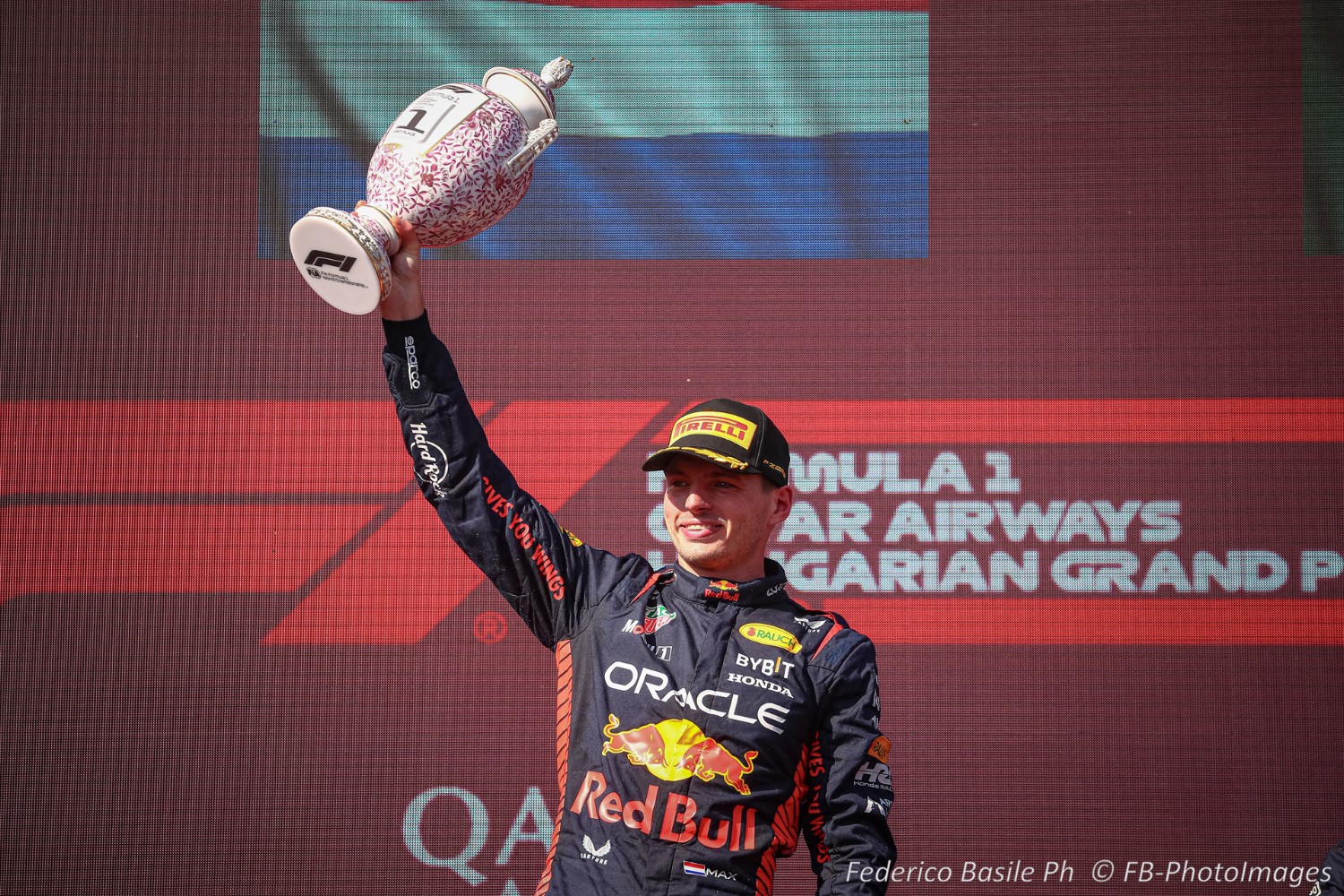
Tires
The Hungaroring is very twisty with only one real straight that includes the start-finish line. It provides the most likely, if not the only, overtaking opportunity. There are 14 corners, six to the left and eight to the right, some of them being 180° turns. The track climbs and drops and its 4.381 kilometers make it one of the shortest on the calendar, again almost the opposite to Spa, which at seven kilometers is the longest!
All those turns mean the drivers have no time to take a breather over the 70 lap race distance. There are two DRS zones: one on the start-finish straight and the other much shorter on the descent from turn 1 to 2, with just the one detection zone before the entry into the final corner.
In terms of the forces exerted on the tires, the Hungaroring is not particularly severe. Pirelli has chosen the same three softest compounds as last year, with the C3 as P Zero White hard, C4 as the P Zero Yellow medium and the C5 as the P Zero Red soft, which is a step softer compared to the season in which the 18” tires first appeared. Traction is one of the most important factors, especially across the rear axle. Degradation can be high, especially when it is very hot and the forecast for this weekend is definitely not favorable in this regard, when one thinks back to last year when Hungary saw the highest recorded track temperature of the season at 53 °C. Overheating is therefore a factor that needs to be kept under control, not just in the race but also in qualifying: on the softest compound a driver must manage to get to the last two 180° corners of a flying lap with enough grip left, which is no mean feat, as the short straight sections of track do not give the tires much time to breathe.
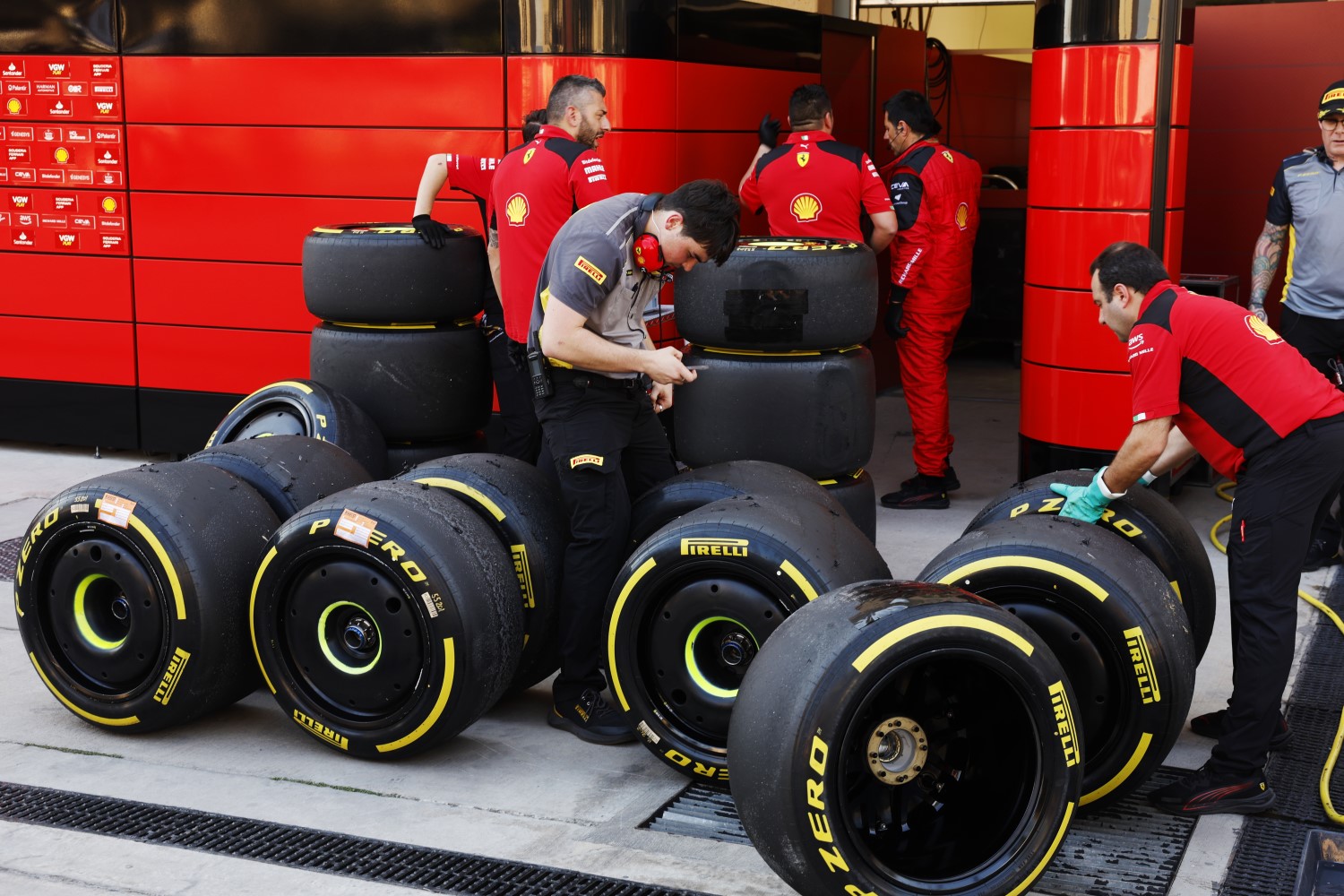
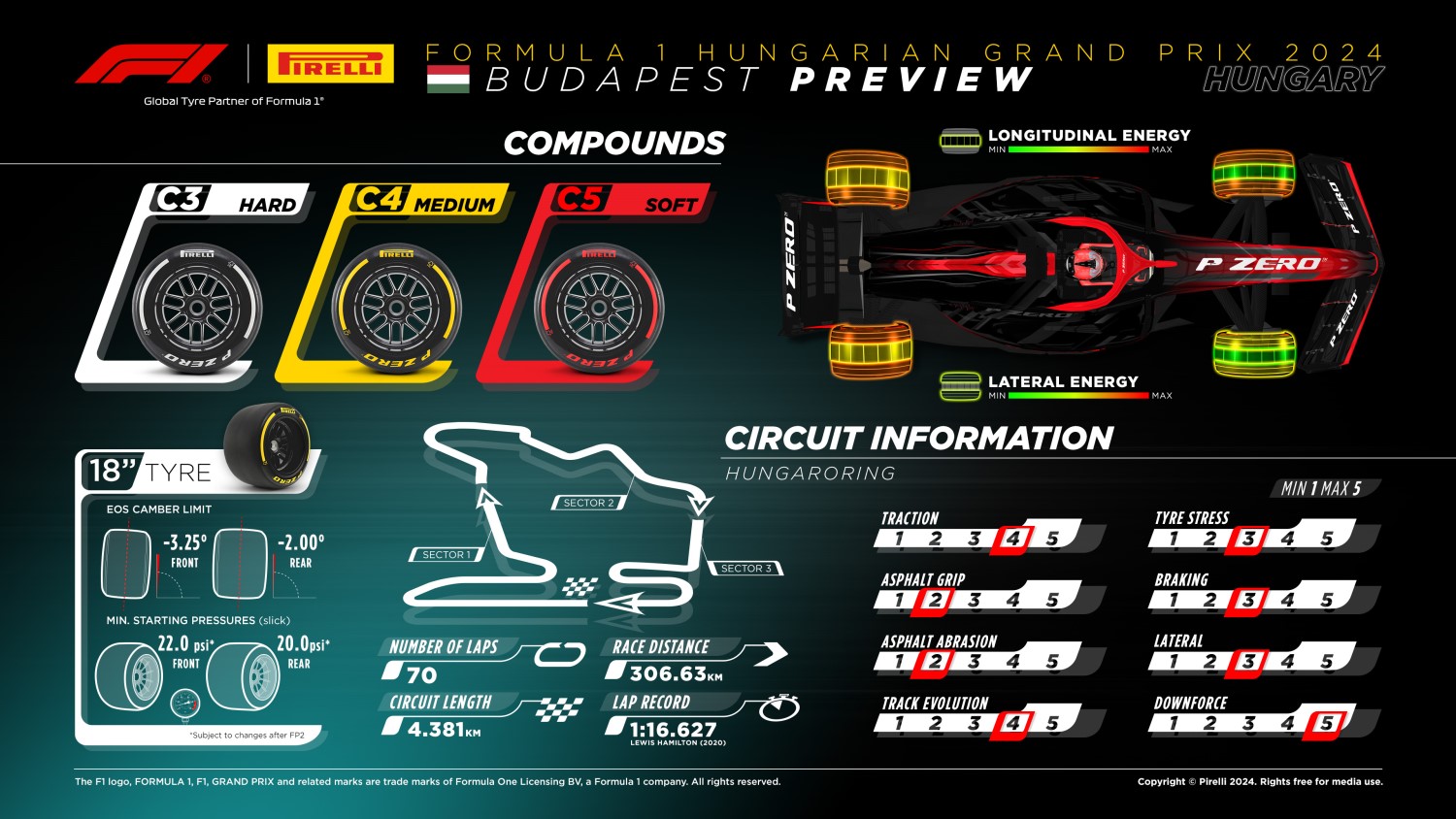
Max Verstappen won here last year, at the end of the race when the entire field opted for a two-stop strategy. Medium and Hard were the most popular choices for the start, although four drivers opted for the Soft, intending to make use of the extra grip off the line. This group included Carlos Sainz who went from eleventh to sixth on the opening lap. This weekend too it is likely that the C3 and C4 will be favored in the race while the C5 will have its moment of glory in qualifying. The 2023 Hungarian event was the only time that year when an alternative tire allocation format was tried out, with the aim of looking at ways of reducing the number of sets and making their usage more efficient. The ATA (Alternative Tyre Allocation) meant each driver had two fewer sets of dry weather tires (from 13 to 11) with the aim of using only one designated compound in each phase of qualifying: Hard for Q1, Medium for Q2 and Soft for Q3.
What to expect?
In contrast to the last few races, most teams will run high downforce in Hungary, and we are unlikely to see the swings in rear wing choices that we saw at Silverstone, the Red Bull Ring and Barcelona.
The weather forecast looks typical for Budapest at this time of year, with generally hot conditions prevailing but a slight chance of rain on Sunday.

Tire compounds are the same as for the French GP, but the nature of the track will mean that teams will need to deal with some different limitations this weekend, some of which will be dictated by the weather. The long corners will challenge both the tires and the car balance.
Formula One is a sport made up of several elements: there’s the obvious mechanical one, in which the performance of the cars contributes to the final result; there’s the human one, in which the drivers, as well as the personnel in the garage, on the pit wall and back at the factory, define on the day and in the time leading to the race how much of the team’s potential is unlocked; and there’s the mental one.
The head plays a crucial role in Formula One, just as in any other sport. A cool mind, full of confidence and buoyed by the result, tends to perform better. This creates a virtuous circle, which feeds itself and continues to deliver. A key part of this is momentum: a good result, at the right juncture in the season, can propel a team to new heights. This weekend, this is the objective, especially for Ferrari which are coming out of a disastrous French GP. A 1-2 finish for Ferrari is needed and their cars favors this type of circuit.
The Hungaroring race will be a battle. Everyone wants to succeed, and the competition will be as close as ever. It will be hot – this Grand Prix is always one that features searing temperatures, with fans and team personnel longingly looking at the water park just outside the circuit for temporary respite and solace.
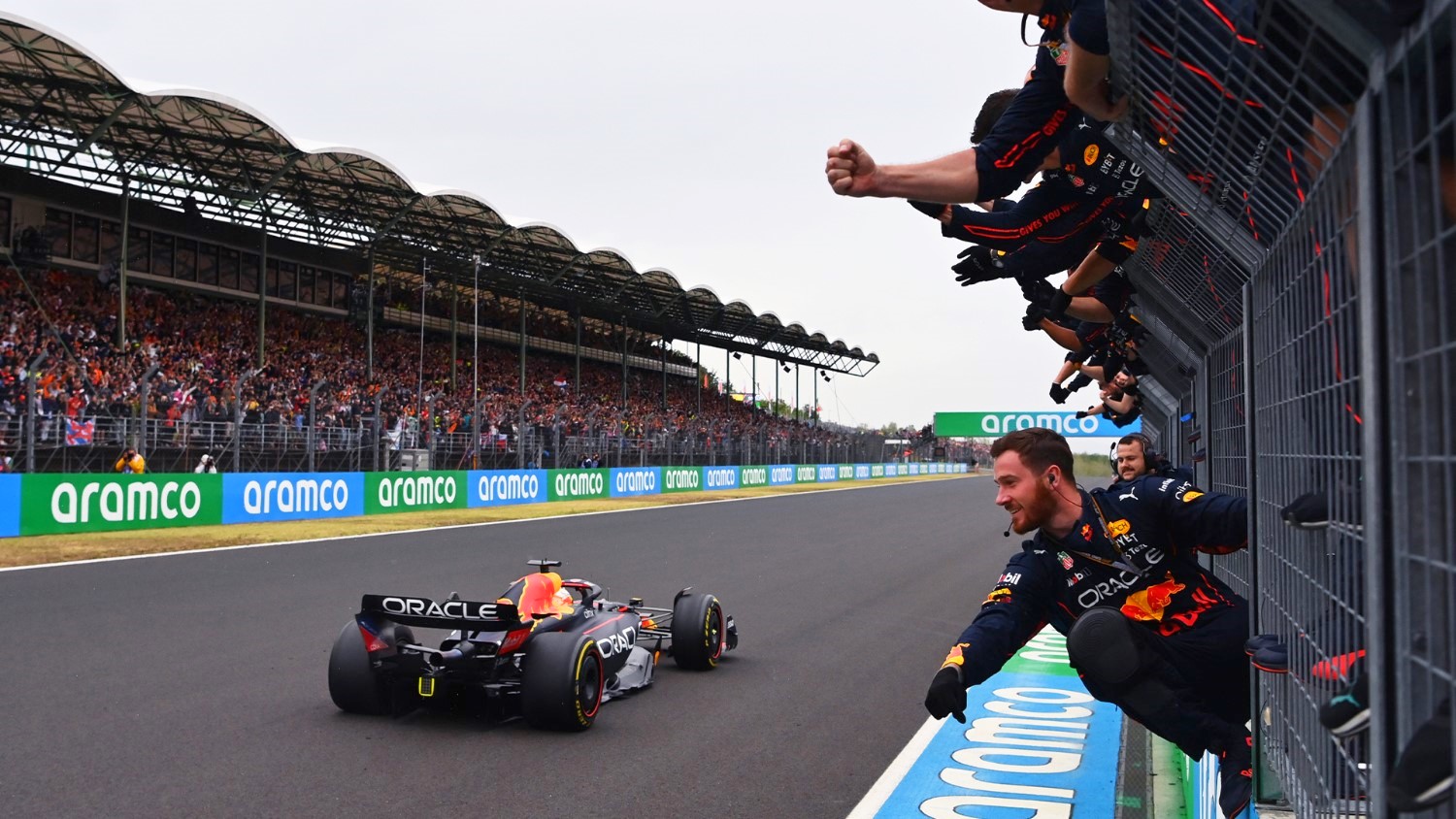
Early Weather Forecast
Friday: Very hot and dry
Saturday: Very hot and dry
Sunday: Slight chance of showers, hot
Circuit Insight
Race interruptions: Safety Cars are a relatively rare occurrence at the Hungaroring, with just five deployments over four races since 2014. There have also been just four Virtual Safety Car deployments – two in last year’s race – here since the system was introduced in 2015.
Overtaking: While last year’s Hungarian GP boasted 56 on-track passes, races at Budapest have seen just 24 passes per race on average – ignoring starts and restarts – with most taking place at Turns One, Two and Three and 86 percent of overtakes using DRS. The Hungaroring is one of the toughest circuits to pass on in F1
Strategy: The softest tires in the Pirelli range are available this weekend and high tire degradation could push drivers to stop twice in the dry. This weekend Pirelli’s Alternative Tire Allocation is in place giving drivers 11 sets of slicks instead of 13. Furthermore, Q1 must be run on Hards, Q2 on Mediums, and Q3 on Softs.
Safety Car: The chance of a mid-race Safety Car is less likely than it may appear. The past five races have only had very early interventions. The Virtual Safety Car has only been used twice – both in 2018. This makes it difficult to incorporate Safety Car interventions into race strategy.
Downforce: You need plenty of downforce at this track, similar levels to Monaco

Unlocking the Lap
Turn Four, an uphill fast left-hander with a blind exit, is one of the hardest corners on the lap. The curb on the entry can unsettle the car if it is used too much. The exit is also tricky and is an area where drivers can easily fall foul of track limits.

Shortly after this is the Turn Six-Seven chicane – one of the slowest points on the track but also one of the trickiest. A quick flick to the right and the left, it is easy to overshoot the braking zone, which exacerbates each turn. And the grassy run-off is easy to clip on the right…
The long 180-degree right-hander that closes the lap (Turn 14) has traditionally been a tough corner through which to follow another car. With this year’s ground-effect rules, it should make things easier – and promote passing into Turn One. It is another corner where track limits can come into play.

Fact File: Hungarian Grand Prix
- The Hungarian Grand Prix weekend tends to be one of the hottest of the year, with an average air temperature of 25°C and a maximum of 33°C.
- Correspondingly, track temperatures tend to also be high with an average of 36°C rising to a maximum of just over 50°C.
- The amount of braking activity, with six events across the lap, coupled with the high ambient temperatures and the absence of long straights make the circuit exceptionally taxing on the brakes.
- The low average speed at the Hungaroring also limits airflow, which makes it even more of a challenge to cool the brakes.
- The circuit features 14 corners, six to the left and eight to the right. Many of these follow one after another in quick succession, meaning a well-balanced car that can handle directional changes is important for lap time.
- The Hungaroring has one of the lowest top speeds of the season at just over 310 km/h. That is perhaps no surprise given the cars spend just over 10 seconds on a straight over the course of a fast lap, with the remaining time spent cornering.
- Those track characteristics are also reflected in the full throttle percentage, which is just 58% of the lap time. This is one of the lowest figures we see across the year.
- Despite a relatively short start/finish straight, the distance from pole position to the braking zone for Turn 1 measures 472 metres, on the longer side compared to other venues we visit.
- Given the prevalence of slower corners, good traction is important here. That is why this circuit puts the rear tyres under a lot of stress.
